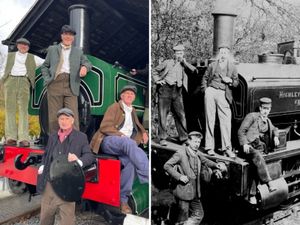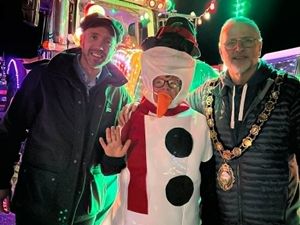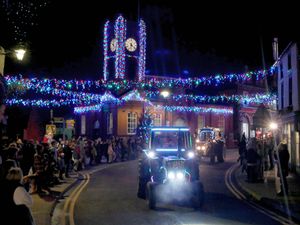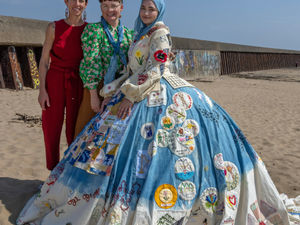Rare rhino calves born at Chester Zoo
Two rare Eastern black rhino calves have been born in a week at a zoo.
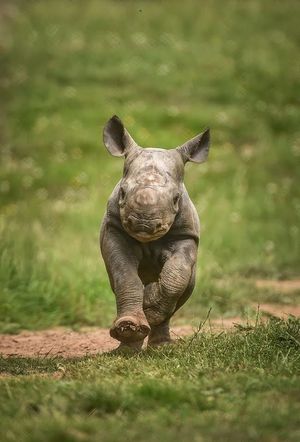
Both calves were delivered safely onto soft sand at Chester Zoo following pregnancies lasting around 15 months.
The first of the precious pair was born to mum Kitani, 20, on June 19 with the second arriving exactly one week later to 10-year-old Zuri.
The new arrivals take the number of Eastern black rhino at the zoo to 10 and mark important success stories in the breeding programme for the highly threatened species.
It is believed that less than 650 now remain across Africa and the International Union for the Conservation of Nature (IUCN) lists the animals as critically endangered in the wild.
Tim Rowlands, curator of mammals at the zoo, said: “These two births are a magnificent boost to the endangered species breeding programme and offer new hope for these wonderful animals. Eastern black rhinos are one of the world’s most high profile species, teetering on the brink of extinction in the wild. We cannot underestimate how important these animals are to the future of their species.
“Kitani has bonded well with her calf during these important early days and is doing a very good job so far, as is Zuri who is also an experienced mum. The whole team is overjoyed and we now hope that these little ones help create more awareness of the plight of their cousins in the wild.”
Mike Jordan, Chester Zoo collections director, added: “It’s superb to see the new calves taking their first steps; as we consider that each and every rhino calf is so important to the future of the species. We are one of a number of conservation organisations working in Africa - including Save the Rhino International and the International Rhino Foundation - to ensure the long-term survival of both black and white rhinoceros in the wild.
“Alongside that, it’s vitally important to have a healthy breeding programme in zoos to maintain a genetically viable safeguarded population which is helping to develop the husbandry and scientific expertise that our teams can transfer to the wild. Conservation is critical, which is why these youngsters are absolutely vital.”

